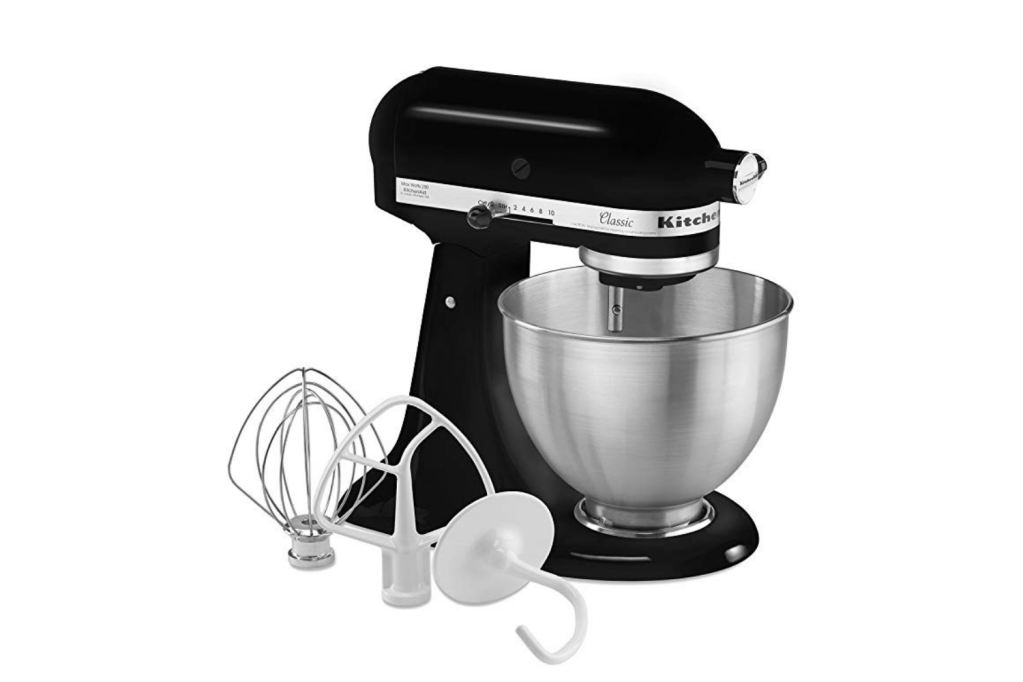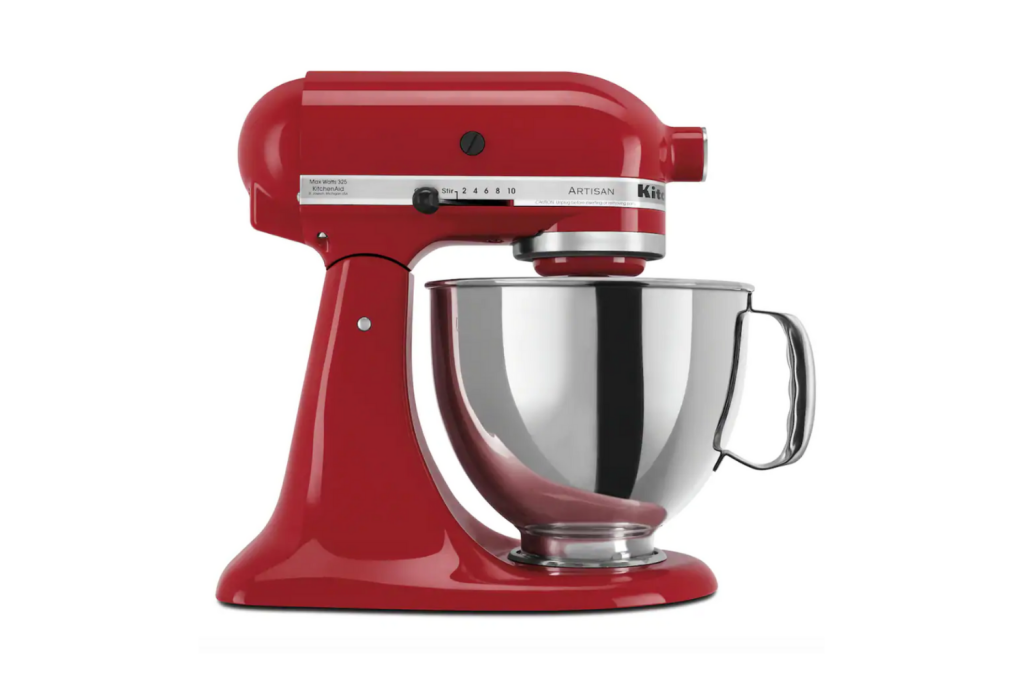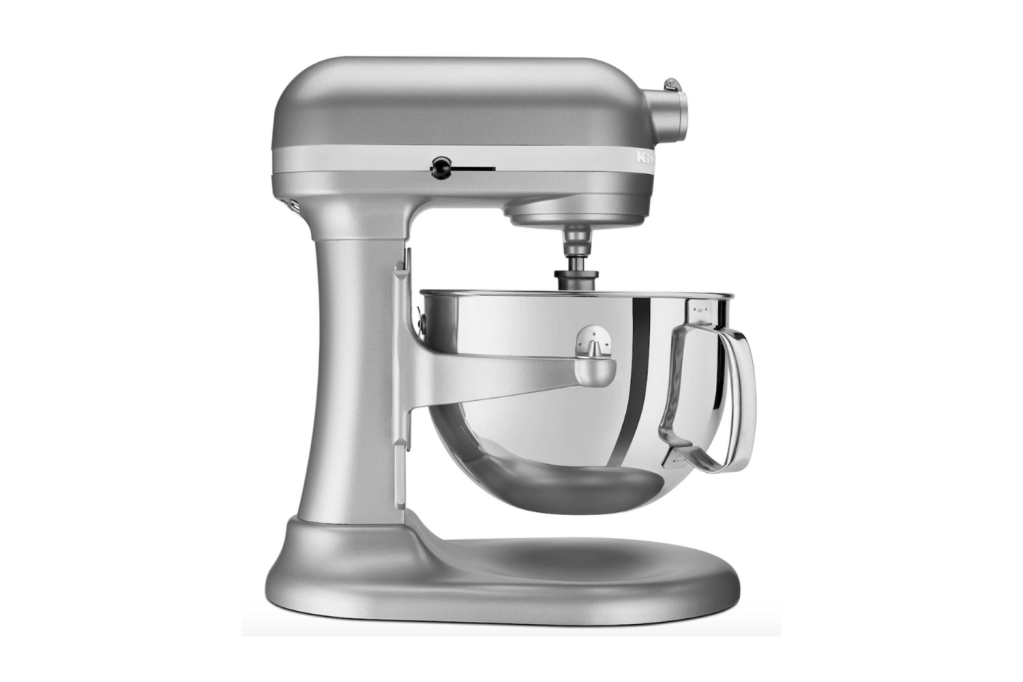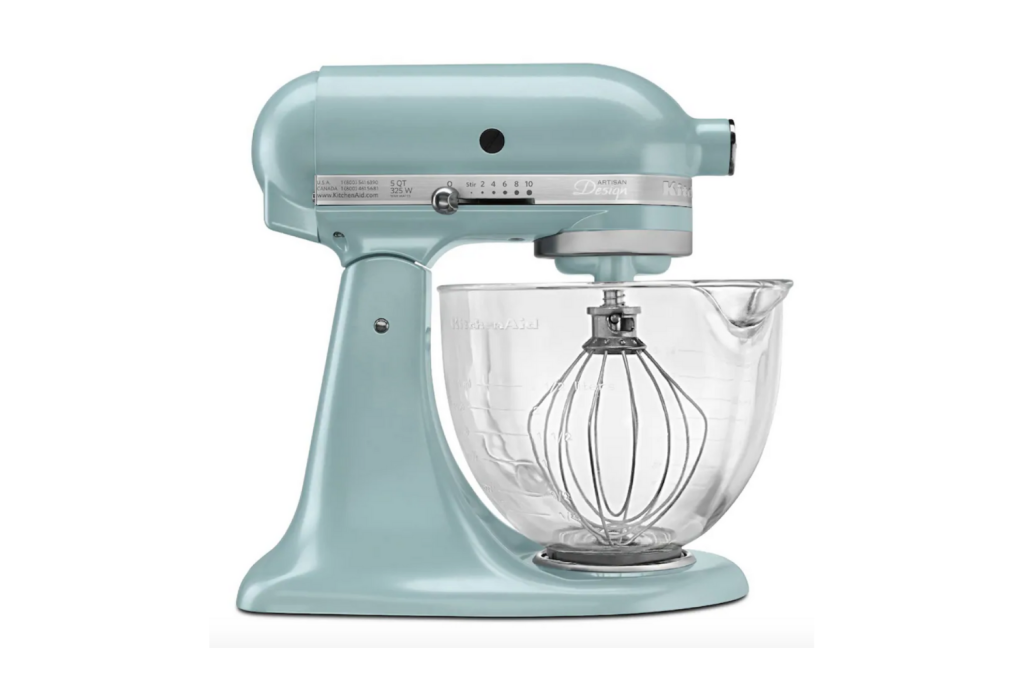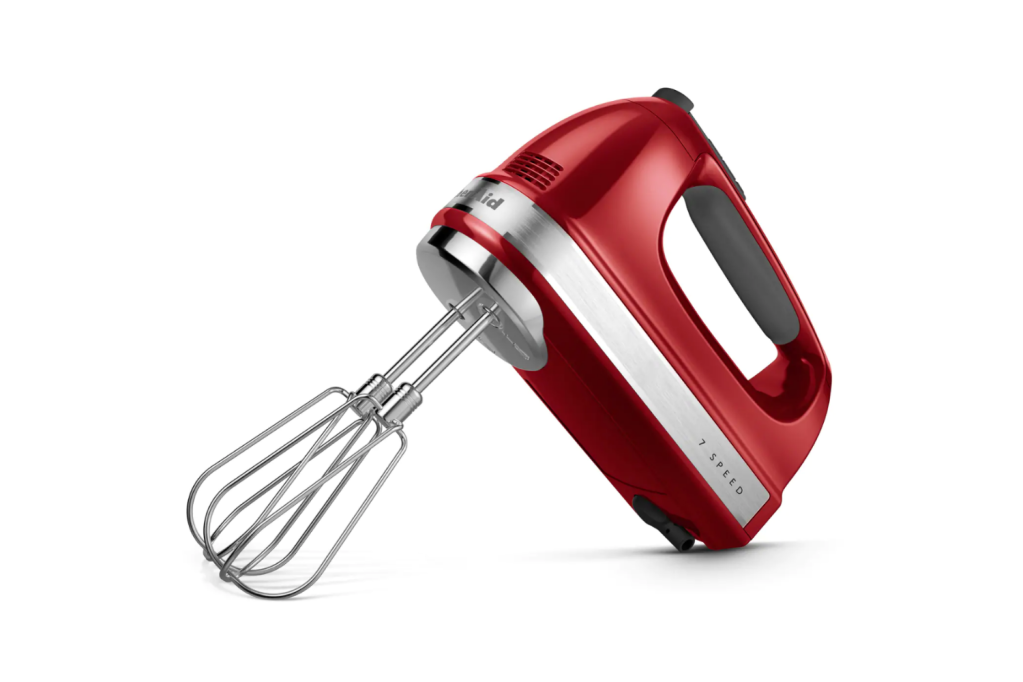How to Choose the Right KitchenAid Mixer Model for You
When it comes to home appliances, few are as universally adored as the KitchenAid mixer. A staple in home kitchens since 1919 and beloved by home bakers and professionals alike, if there’s one kitchen appliance worth investing both money and counter space in, this is it. Whether you’re a regular baking genius or someone who only dabbles in cookie, cake, and bread-making, this versatile mixer — and its diverse spread of attachments — are bound to make your culinary life easier. But with multiple models up for grabs, all of which boast varying features and price points, how do you know which KitchenAid mixer will be right for you? Read on to find out.
How to Find the Best KitchenAid Mixer for You
It’s easy to become overwhelmed when browsing through KitchenAid’s diverse product line. From sizing to design type, there are a lot of factors to take into consideration when making your decision. That’s why First for Women has put together this handy guide that’ll make finding the right mixer for you — or a loved one — a total breeze this holiday season. Here are four tips to get you started.
1. Decide whether you want a tilt head, a bowl lift, or a handheld mixer. The first step in choosing your mixer is to identify a style. KitchenAid mixers comes in one of three designs: tilt head, bowl lift, or handheld. Tilt head mixers are the smaller — and typically cheaper — of the two stand mixers and feature a head that hinges on the neck of the machine with a bowl that interlocks to the base. Bowl lift mixers, meanwhile, feature an arm which hold the bowl in place and are controlled by a lever on the side of the machine. And the handheld mixers? Let’s just say they pack a big punch into a small device.
The right one for you depends on how you intend to use the machine — tilt head mixers are great for everyday bakers, while lift head mixers are a primo choice for more involved projects, for instance.
2. Be conscious of size. When it comes to size, there are two things you’ll need to think about when making your selection: where you’ll be putting the machine and what size baking bowl you’ll need. While the overall size of these stand mixers varies only slightly from model to model, it’s important to measure your space before purchase to ensure it doesn’t become a nuisance. As for bowls, sizes range from a standard 4 quarts to 6, which is ideal for tasks such as kneading bread.
3. Think about the weight. We won’t sugarcoat it: Most of these machines are heavy. Stand mixers need the added weight to stay grounded during particularly tough mixes, but some KitchenAid devices are heavier than others. Smaller models, such as the Classic and Artisan weigh in around 22 pounds, whereas larger models, like the Professional, are a whopping 29. For those with limited mobility, smaller options, such as the handheld, may be a better fit.
4. Don’t forget your budget. These mixers don’t exactly come cheap, so you’ll need to take your budget into account. A handheld or smaller stand mixer will run you as low as $69.99 to $199.99, depending. If a larger model is what you need, we suggest shopping around during a killer holiday sale, like Black Friday, when these mixers tend to see deep price cuts.

Best KitchenAid Mixer for You
Now that you have all the tools you need to narrow down your selection, it’s time to shop! We rounded up five of the most popular KitchenAid models on the market today, so your perfect mixer is just a scroll away. From introductory stands to those professionals adore, your search stops here. Keep scrolling now to see FIRST’s finds for the best KitchenAid mixers for you.
We write about products we think our readers will like. If you buy them, we get a small share of the revenue from the supplier.

